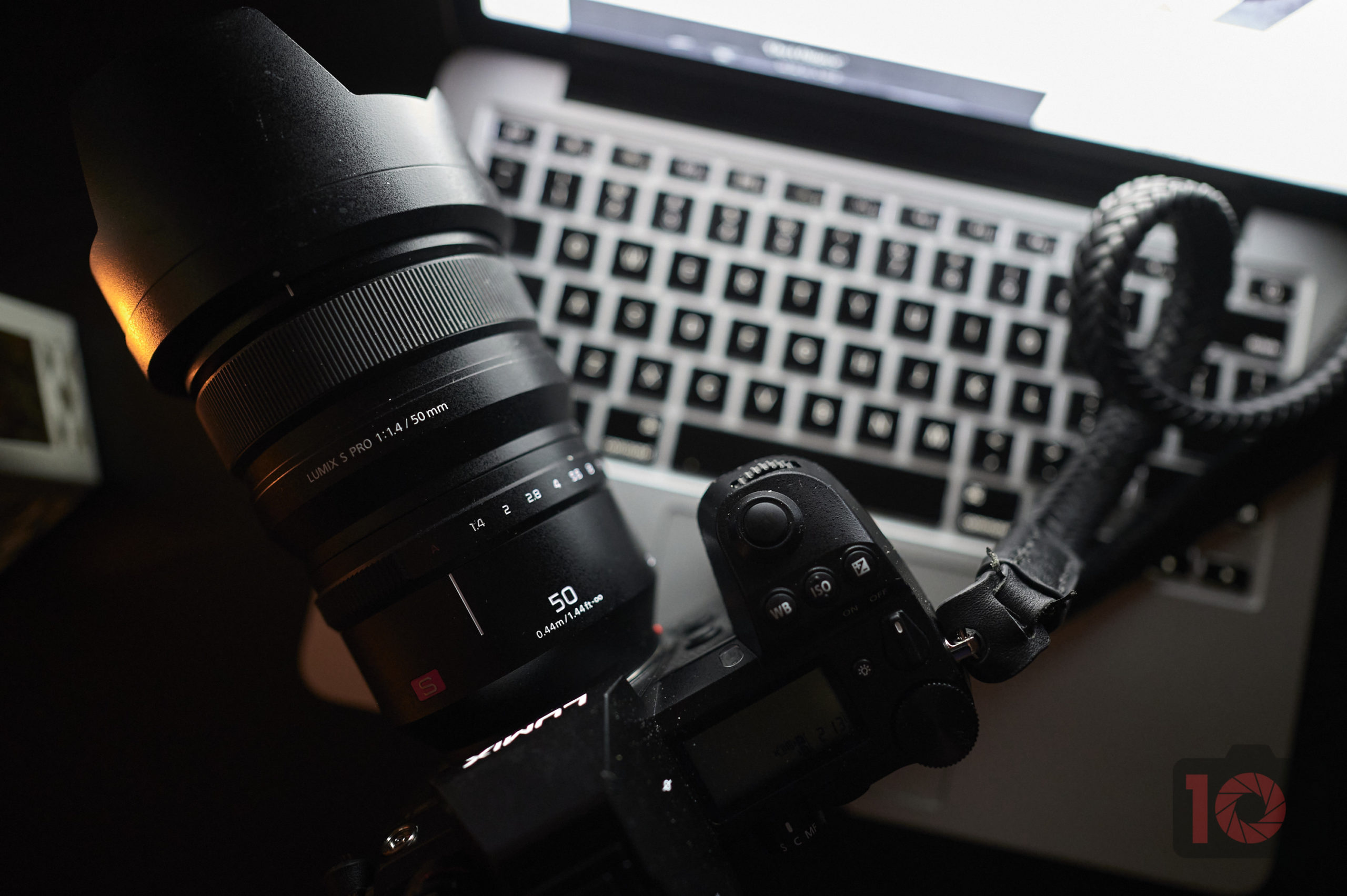If you’ve got your brand new Panasonic Lumix camera from the pretty incredible sales going on right now, we’ve got some support for you. Though we strive to help photographers create better photos without the use of post-production, we admit that sometimes you need it. We also think that you shouldn’t necessarily limit yourself from getting a better photo in the end. However, we think that you should do everything with intent and not rely on algorithms and AI to get the look within reason. So with that said, here’s an essential checklist for doing post-production with photos from Panasonic Lumix Cameras.
This piece is presented in partnership with Panasonic Lumix. We’ve independently and ethically reviewed all the products in this post already without sponsorship. And we worked with them to recommend a few key gems to you.
- Panasonic Lumix cameras can shoot RAW files that are supported by various editing programs. Some of the most popular that are specifically designed for photographers are Adobe Lightroom (both Classic and CC), Capture One, and Skylum Luminar. Phoblographer’s membership subscribers can get a discount to the latter two programs.
- Years ago, photographers used to associate RAW files with the negative from a film camera. But we’re so ahead in the digital world that that doesn’t necessarily make sense to everyone. So think of RAW files instead as the uncolored picture in a coloring book where you can make anything out to be whatever you choose. Make the sky a shade of purple instead of blue if you wish. Color the banana green or red if you want. That’s all possible with post-production software to a degree.
- Most photographers need to only do basic adjustments like exposure, contrast, highlight adjustment, shadow adjustment, etc. But there are options to get even deeper. When you’re starting out, you’re bound to mess around until you get something you like. Doing this will help you learn, but take careful observation of what you’re doing when you make that edit to understand what’s happening.
- We like editing the colors the most. A lot of what you want from an image can be done simply be adjusting the saturation, luminance, and hue of certain colors in your scene. And changing the white balance of the scene can completely change what you see as a result.
- Micro Four Thirds Lumix cameras shoot in a 4:3 aspect ratio — which resembles the look of 8mm, 16mm, and video formats from the 90s and before. Full frame Lumix cameras shoot in a 3:2 aspect ratio, which is the aspect of 35mm film.
- Lots of tutorials will tell you that you should compose your image based on the rule of thirds and to never center your subject. But many of the world’s most iconic images have either centered their subject while using the rule of thirds, or they’ve broken all the rules. Instead, you should edit based on feeling. And if something isn’t clicking, then take a break.
- Never underestimate the power of the square crop. There are several reasons why these work best on social media.
- If you’re getting a real camera like those that Panasonic makes, we encourage you to do far more than just post your photos online. Here’s a fact of life, not everything is based on just being online. Print your images. Create a body of work that’s designed to stand the test of time. If someone sees your photos right now, and then 10 years later, we’d hope that they are still as surprised by them later on as they are right now.
- We encourage you to look at the LCD screen on your camera and go through your images. If you like them, add a star rating to the photo. That rating will import with your favorite editing program and will speed up the entire process. If you like that photo, then you can start right there.
- Shoot one frame at a time. No one needs to shoot hundreds of photos at a time and have a longer import process. You’re probably not going to use and like all of them anyway.
- The more megapixels your camera has, the better it will do with details, color, and dynamic range. There are several reasons why this is important. Dynamic range can be defined as the range between the brightest brights and the darkest darks. These make editing a more forgiving process. Color is important because it helps you tell a better story later on — unless you’re embracing black and white. Even then, color can play an important part with black and white imagery due to the way that color tones work. Details matter because of the crop that you might want to do. Panasonic Lumix cameras like the S1R have more megapixels while the S1 and S5 II have fewer megapixels.
- Fewer megapixels often give you cleaner results at higher ISO settings.
- Lightroom can adapt the various color profiles that Panasonic Lumix cameras have like L Classic Neo. This cuts down so much on post-production. At the time time, this is also one reason why you’d want to shoot RAW + JPEG. If the photo is perfect the way it is, why bother fixing it?
- Cropping is a very underutilized tool. If something isn’t important to your frame, crop it out.
- Some things can’t be done in post-production unless you’re a retouching specialist. You’ve got a better chance at getting it right in-camera using lights, exposure controls, etc.
Use these beginners tip when editing the photos from your Panasonic Lumix cameras and you’ll see how much better your images will be. More importantly, get to printing them, and you’ll then understand why images are that much more important when you see them in real life.


